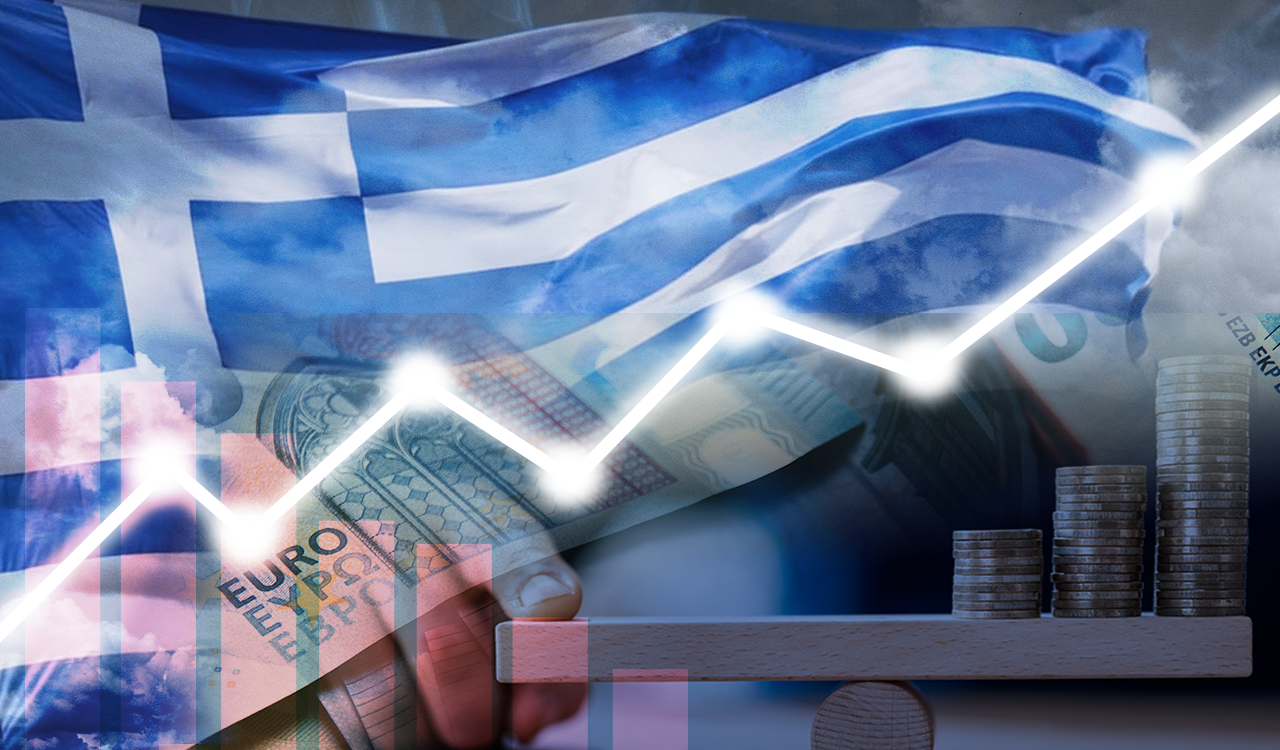
The Greek economy is slowing down while inflationary pressures are gradually easing, although they remain high. In 2022 as a whole, average annual inflation was recorded at 9.6%, the highest rate since 1994.
Attica Bank reports this in its monthly economic bulletin, adding that despite average inflation in the Eurozone running slightly higher, structural inflation in Greece remains high, partially highlighting the resilience of demand and the need to further boost production and of competition in product and service markets.
Positive developments
• Economic sentiment recovered further in January, mainly due to strengthening consumer confidence and expectations in industry, construction and retail trade. The trend was partially offset by worsening business expectations in services.
• The banking system shows an increase in credit expansion to the private corporate sector, an increase in deposits, but also an increase in interest rates on new loans.
• The labor market continued to improve in December, with the year-over-year decline in the unemployment rate reaching 2.5 percentage points, the largest decline since 2004.
Challenges
• A high and growing current account deficit is recorded due to the greater increase in imports compared to exports.
• Short-term indicators of activity, such as industrial production, retail trade and construction activity, continued to register fatigue during the fourth quarter of 2022.
• High volatility in energy prices causes increased uncertainty for businesses and households.
Inflationary pressures in 2022, by GDP component
In the special issue of Attica Bank’s monthly bulletin, an analysis of domestic inflationary pressures by component of GDP and investment during 2022 is presented. The inflation rate in 2022 touched a 27-year high, with significant implications for the real growth rates of all key macroeconomic sizes.
Escalation of so-called “imported” inflation, due mainly to high prices of energy goods, with the deflation rates of imports and exports significantly exceeding the corresponding rates of consumption and fixed capital investment.
In the 3rd quarter of 2022, the deflation index of domestic exports showed an annual change of 36%, imports of 27%, consumption of 8% and fixed capital investment of 6%.
A divergence between the deflation indicators of the main components of GDP is also observed in the Eurozone, with deflators being however lower than their domestic counterparts in all components of GDP, with the exception of fixed capital investment.
On the production side, the industrial sector appears to be contributing the most to inflationary pressure from the end of 2021, however, the primary sector and services “trade, tourism, catering” also make a significant contribution.
In the sectors of fixed capital investment, investment in “Housing and construction” registers systematic price escalation during 2021-2022. Commodity price pressures are expected to ease, according to indications from agricultural markets.
Latest News

Airbnb: Greece’s Short-Term Rentals Dip in March Amid Easter Shift
Data from analytics firm AirDNA shows that average occupancy for short-term rentals dropped to 45% in March, down from 49% the same month last year.

Easter Week in Greece: Holy Friday in Orthodoxy Today
At the Vespers service on Friday evening the image of Christ is removed from the Cross and wrapped in a white cloth

Meloni and Trump Meet in Washington, Vow to Strengthen Western Ties
“I am 100% sure there will be no problems reaching a deal on tariffs with the EU—none whatsoever,” Trump stressed.

ECB Cuts Interest Rates by 25 Basis Points in Expected Move
The ECB’s Governing Council opted to lower the deposit facility rate—the benchmark for signaling monetary policy direction—citing an updated assessment of inflation prospects, the dynamics of underlying inflation, and the strength of monetary policy transmission.

Current Account Deficit Fell by €573.2ml Feb. 2025: BoG
The improvement of Greece’s current account was mainly attributed to a more robust balance of goods and, to a lesser extent, an improved primary income account

Hellenic Food Authority Issues Food Safety Tips for Easter
Food safety tips on how to make sure your lamb has been properly inspected and your eggs stay fresh.

Greek Kiwifruit Exports Smash 200,000-Ton Mark, Setting New Record
According to data by the Association of Greek Fruit, Vegetable and Juice Exporters, Incofruit Hellas, between September 1, 2024, and April 17, 2025, kiwifruit exports increased by 14.2%.

Easter Tourism Boom: Greece Sees 18.3% Surge in Hotel Bookings
Among foreign markets, Israel has emerged as the biggest growth driver, with hotel bookings more than doubling—up 178.5% year-on-year.
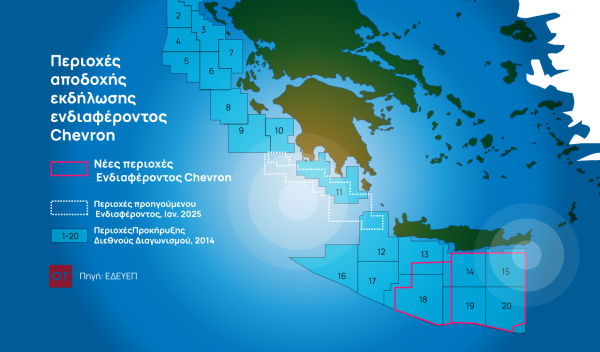
Greece to Launch Fast-Track Tender for Offshore Hydrocarbon Exploration
Last week, Papastavrou signed the acceptance of interest for the two Cretan blocks, while similar decisions regarding the two Ionian Sea blocks were signed by his predecessor

American-Hellenic Chamber of Commerce to Open Washington D.C. Branch
AmCham's new office aims aims to deepen U.S.-Greece economic ties and promote investment and innovation between the two countries








![Πλημμύρες: Σημειώθηκαν σε επίπεδα ρεκόρ στην Ευρώπη το 2024 [γράφημα]](https://www.ot.gr/wp-content/uploads/2025/04/FLOOD_HUNGRY-90x90.jpg)




![Airbnb: Πτωτικά κινήθηκε η ζήτηση τον Μάρτιο – Τι δείχνουν τα στοιχεία [γράφημα]](https://www.ot.gr/wp-content/uploads/2024/07/airbnb-gba8e58468_1280-1-90x90.jpg)












![ΙΟΒΕ: Πώς το δημογραφικό υπονομεύει την ανάπτυξη – Τι συμβαίνει στις ελληνικές περιφέρειες [γραφήματα]](https://www.ot.gr/wp-content/uploads/2025/04/dimografiko-600x375.jpg)


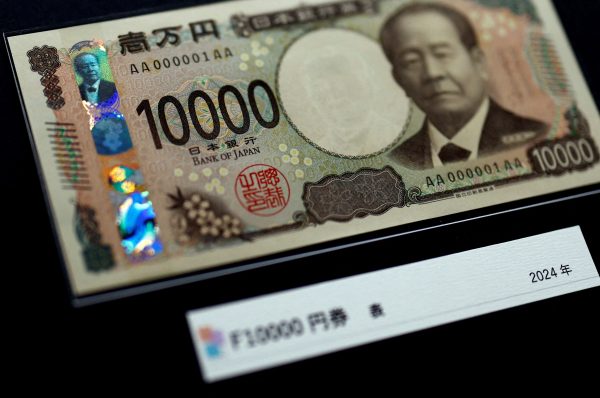




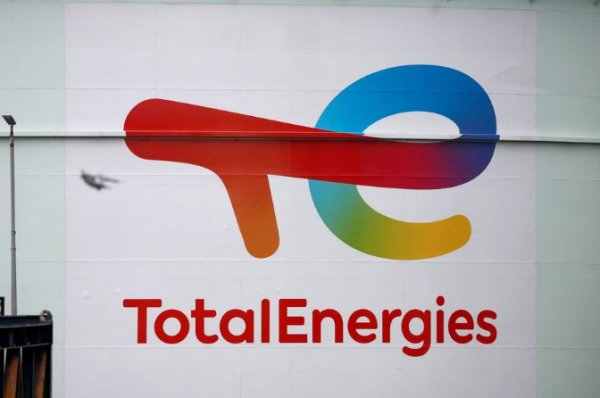
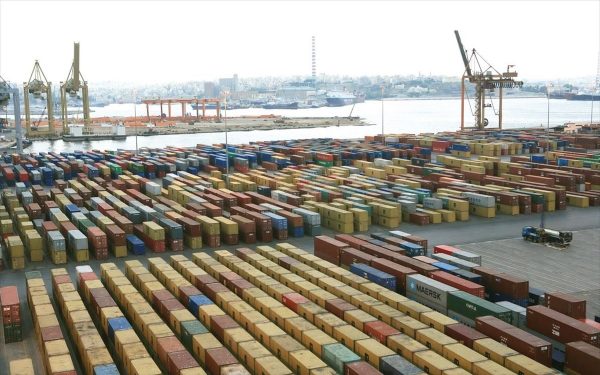



![Airbnb: Πτωτικά κινήθηκε η ζήτηση τον Μάρτιο – Τι δείχνουν τα στοιχεία [γράφημα]](https://www.ot.gr/wp-content/uploads/2024/07/airbnb-gba8e58468_1280-1-600x500.jpg)


 Αριθμός Πιστοποίησης
Αριθμός Πιστοποίησης